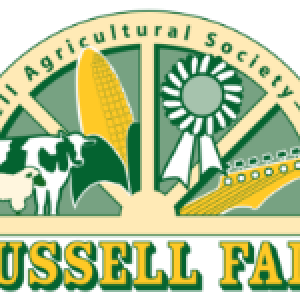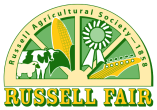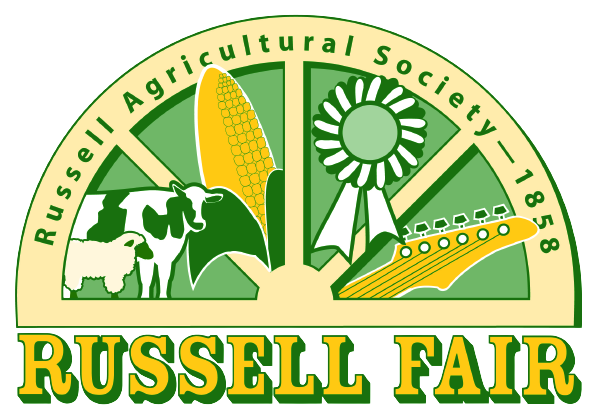History of the RAS
Fairs are held every weekend from May to October somewhere in Ontario. Almost all fairs have a “regular weekend” or calendar slot, and very few fairs change their weekend.
In 1846, a group of dedicated volunteers created a central, all-Ontario organization to help agricultural societies better achieve their goals. Times have changed a bit since then, but every year Ontario hosts over 230 agricultural fairs, representing approximately 40 per cent of all fairs in this country. The oldest continually-held fair in Ontario is at Williamstown, held annually since 1812.The Ontario Association of Agricultural Societies (OAAS) publishes a schedule of fair dates every year.
Sources:
“A History of Agricultural Societies and Fairs in Ontario, 1792-1992”
“From Swamp to Shanty”, published by Wendell M. Stanley, 1987
“Ontario Agricultural Fairs – A Snapshot in Time” published by the Ontario Association of Agricultural Societies


